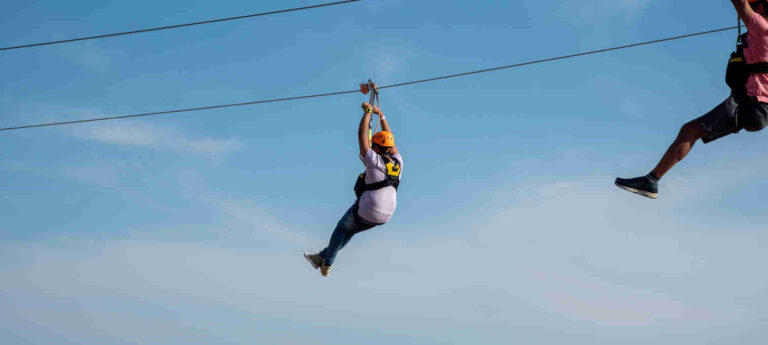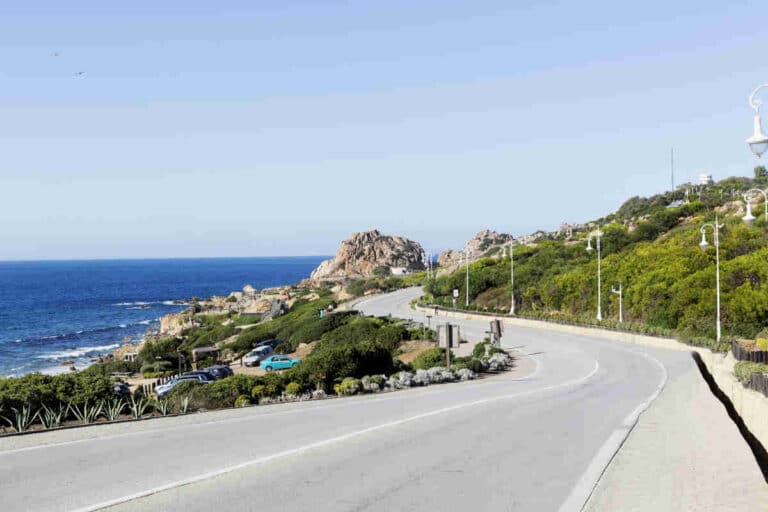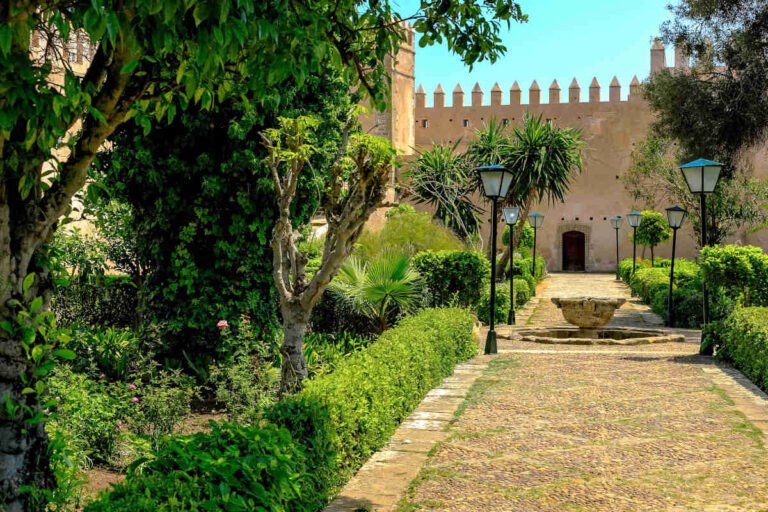Camels or dromedaries in Morocco?
During your trip through the south of this country you will see indistinct references to one or the other animal, but which is the one that really lives here?
In this post we reveal it to you, we tell you which are the main differences between one and the other and we explain why they are used as a means of transportation.
Dromedary in Morocco: differences with camels
Of the two animals mentioned above, the one used in Morocco is in Morocco is the dromedary.
Por tanto, al hablar de camellos en Marruecos se comete una pequeña inexactitud, pues no están presentes en este país; de hecho, los camellos que todos tenemos en mente sólo habitan in Central Asiaare members of the species camelus bactrianus and have as great characteristics their double hump and their long coat. The dromedariesdromedaries, on the other hand, have only only one hump and a much shorter coat, which allows them toThis allows them to adapt better to the high temperatures to which they are subjected, as they live mainly in deserts. desertsThe Sahara in Africa, and the Arabian Desert in Egypt, Saudi Arabia and other Middle Eastern countries.
However, we said that calling them ‘camels’ is only a ‘minor inaccuracy’, since dromedaries are, in reality, a type of camelid. a type of camelid: camelus dromedarius.
En concreto, son el más numeroso del planeta: se extienden por todo el norte de África y Oriente Medio, y suponen el 94% de todos los camélidos existentes.
El otro 6% corresponden al camello bactriano y al salvaje, este último en claro peligro de extinción.
Why are dromedaries used in Morocco?
The use of dromedaries in Morocco has to do, precisely, with what has motivated their success as a species: their great capacity to adapt to extremely arid environments. their great ability to adapt to extremely arid environments.
Eso ha motivado que, durante siglos, hayan sido utilizados como medios de transporte en las mythical caravan routes that crossed the Sahara from one side to the other. They are animals that can go for a long time without drinking or eating, and their hump is a fat reserve. and their hump is a fat reserve
which allows them to maintain their energy during periods of forced fasting.
In addition, their hooves are particularly wide, which prevents them from sinking easily into the ground. the fine sand dunes.
Today, with caravan routes now extinct due to the development of modern communications and transportation, dromedaries have found a new role that keeps them afloat as a species: tourism.
They are now employed as the ideal means of transport to cross dunes such as Erg Chebbi or Erg Chigaga such as those of Erg Chebbi or Erg Chigaga, facilitating access to the tented camps, which are idyllic accommodations in canvas tents located in the middle of the desert. And this does not imply, far from it, an animal exploitation, as this work is much more bearable This work is much more bearable than that of the centuries-old caravans.
.
Los trayectos son mucho más cortos y la carga que deben acarrear no es tan voluminosa: su cuerpo está más que capacitado para llevar a un ser humano y/o un pequeño equipaje.
Por ello, se los conoce a menudo como los ‘caballos del desierto’, aunque no están entrenados para galopar, sino para caminar a ritmo lento.
Since they have been and are the best ally of the people of the desert (either as a means of transportation or as a hook for current tourism), their owners provide them with food and water on a regular basis (much more regularly than on the long caravan routes of the past) and take care of their well-being. care for their well-being.A stressed, mistreated or frightened dromedary can be dangerous and unpredictable.
So if you want to have an unforgettable experience with camels in Morocco, you can come deep into the desert with us, or do a shorter activity in some cities in the south of the country.




